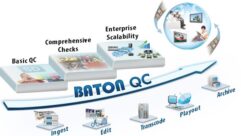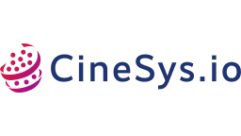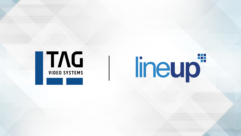

Q&A with Jay Vigneau, SIGNET Electronic Systems
The Norwell, Mass.?based project engineer for SIGNET Electronic Systems has more letters after his name than most AV pros. Earlier this year, he became one of a select group to hold C-EST and CTS-I certifications. The one-time music engineer and optician gave PRO AV the all-in-one look at industry training.
The Norwell, Mass.–based project engineer for SIGNET Electronic Systems (www.signetgroup.net) has more letters after his name than most AV pros. Earlier this year, he became one of a select group to hold C-EST and CTS-I certifications. The one-time music engineer and optician gave PRO AV the all-in-one look at industry training.
PRO AV: Why pursue two certifications?
VIGNEAU: The inspiration wasn’t the certifications themselves but the education it would take to achieve them. Both the C-EST and CTS-I certifications require a deep understanding of AV systems and what’s required to install them. That information supports what we do every day.
PRO AV: How did you prepare for the exams? For how long?
VIGNEAU: I took online, on-site, and manufacturer-provided classes. Much of my time was spent studying and reviewing the four NSCA EST training series, plus my own books and notes. With the online classes you work at your own pace, but I would come into work early and log in, as well as work from home on weekends. Some classes took just a few weeks where others took a couple of months. The on-site classes were anywhere from one day to one week long.
PRO AV: Which exam was harder?
VIGNEAU: Neither was easy, but the C-EST was certainly harder to earn. The written test includes 100 questions and runs the gamut from low-voltage systems, AC/DC circuits, electronics, computers, networks, cables (including fiber), cable termination, and construction materials and methods. The test also includes a timed practical that requires, but isn’t limited to, blueprint reading, running cable through conduit then terminating and testing it, and lastly solving a problem within a fire-alarm panel.
PRO AV: How are the certifications different or the same?
VIGENEAU: Both certifications require an understanding of AV systems, but they differ in their approach. The NSCA C-EST is an installer’s certification that provides a good understanding of low-voltage systems and what’s required to install them safely. InfoComm is focused on the AV industry and gets more into the details of what’s required to correctly install the equipment within a rack and adjust the devices that are mounted within and outside the rack.
PRO AV: What are the benefits of having both certifications?
VIGNEAU: Having both certifications provides a well rounded understanding, and yes, will hopefully increase the amount of work our company wins. Most of our work is procured through the bid process, and I’m finding that many specifications are now requiring at least one of the CTS, CTS-I, or C-EST licenses.
PRO AV: So, do you feel smarter?
VIGNEAU: As we say in Boston, now I feel “wicked smart.” Seriously, yes I do feel smarter. With all the time I’ve spent these last couple years training and testing I’ve learned a lot.










